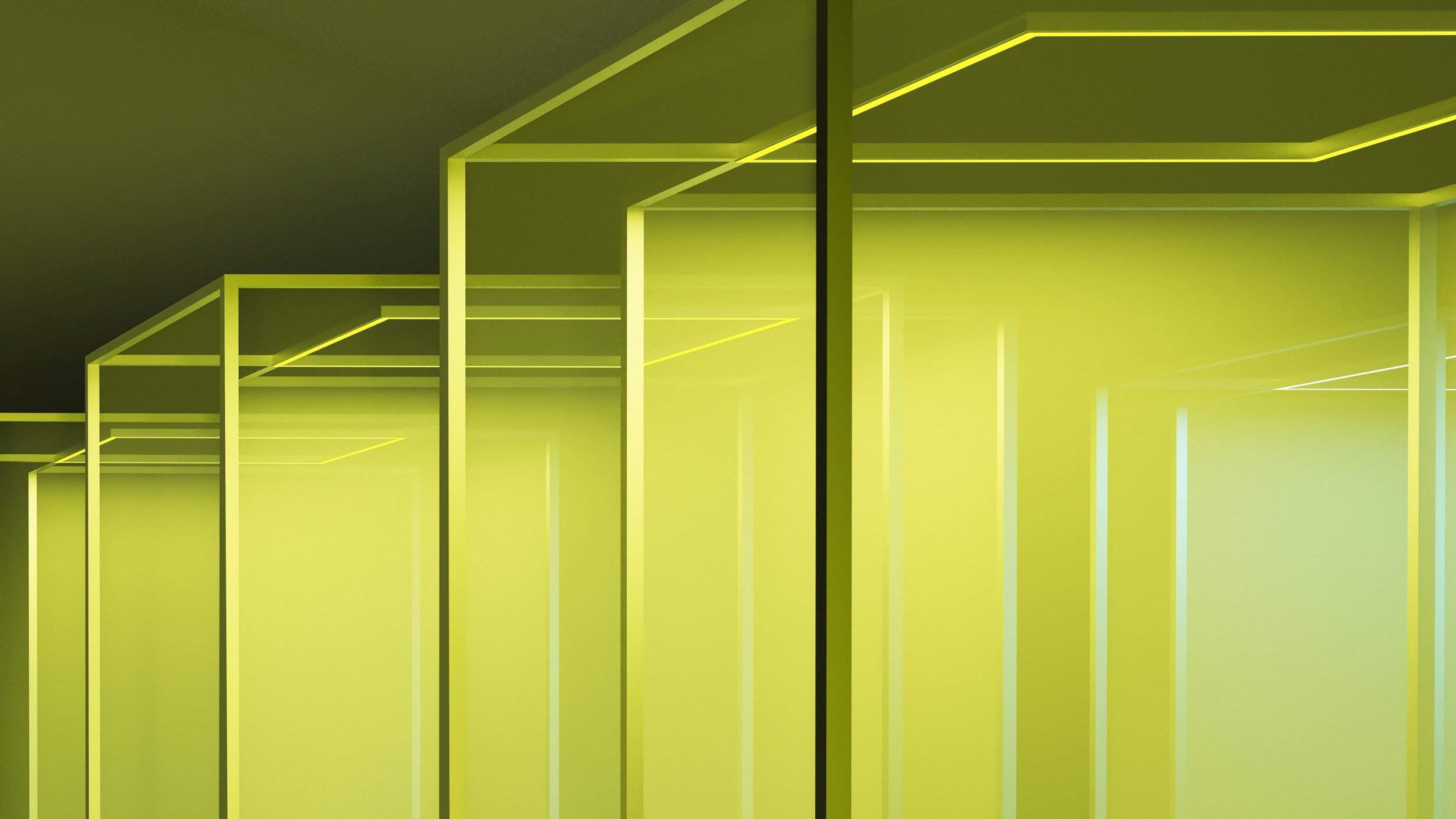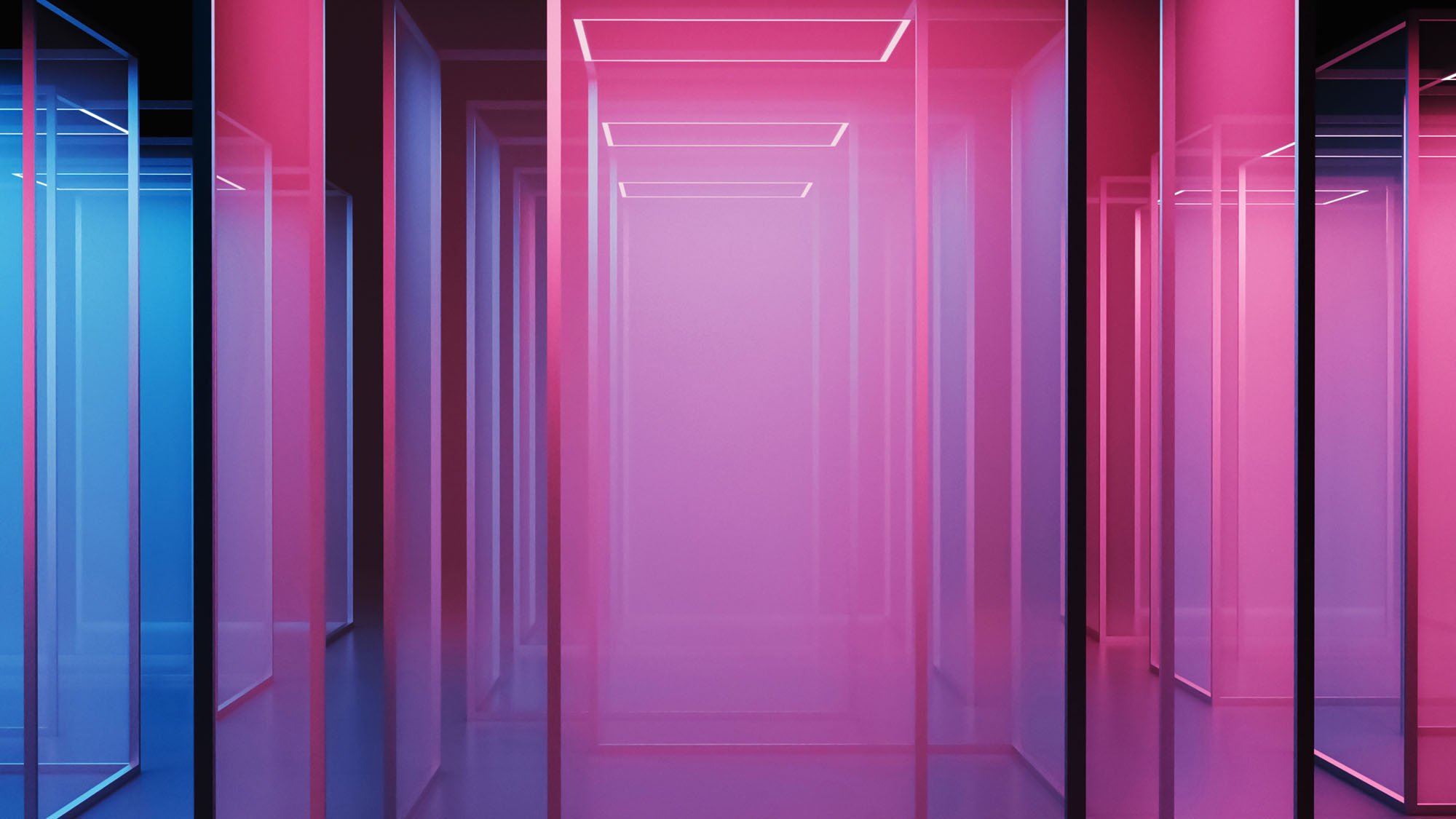
April 19, 2024
Google’s Ivy Ross Makes Sense of Color


Can you start by telling us about Making Sense of Color?
Color evokes emotion that gives life a pulse. It’s a vibration that affects us both biologically and psychologically. I think color is something, if we understand its impact, we would use it more. It can be used to because its different vibratory fields can make us happy, they can make us calm, and it feels like the world is in need of some more tools, as we survive together here.
This year at Salone Google Design Studio has formed a collaboration with arts and research lab Chromasonic and we started with a set of questions: What does color sound like? What does it taste like? What does it smell like? What does it feel like? And what does it look like?
Chromasonic has designed a system that correlates colors with certain frequencies and sounds because both color and sound is vibration. And as the colors change, the tones change. And so you really are immersed in what colors sounds like and it’s quite beautiful. And then as you come around the corner, we have an experience of what color feels like, and we take similar colors, but create different surfaces and textures with them. What does color smell like? What does it tastes like? You know, there’s certain colors that you look at, like yellow, and you immediately pucker your lips because it reminds you of a lemon.
Each section is meant to ask a question, and then the installation culminates in a last supper table. The colors up until this point are in fact, some of the colors that are in our hardware this season and at this last supper table is some of our hardware. It’s almost like a still life of an elegant dinner party that all of a sudden everyone had to get up and leave. That’s the best way I can describe it. Our hope is that people walk away having a deeper understanding of the impact that color has in our lives.

I was just on Chromasonic’s website scrolling through the sounds and feeling very relaxed so I can only imagine what the physical space is like.
When you walk through, you are immersed in color and it’s quite spectacular. They have a satellite where people are buying tickets to have this 20-minute experience but people are coming back multiple times a month. And they say it’s helping get rid of their anxiety and stress, because you know, there’s also this idea that the arts and aesthetics can impact our well-being.
Can you talk a bit about your history and relationship with sound?
I’ve been studying sound and vibration for 40 years. I played the drums as a kid and I remember believing that by playing the drums, I would get calm. And I think I realized my heart would get in resonance with the drumbeat. And so, I started to go on this exploratory adventure of why sound is so powerful.
It starts when we’re in the womb. And when we’re in the womb, we are a little mass swimming in a big sea of water and water amplifies sound. We’re in a sonic symphony with our mother’s heartbeat as our drum and the circulatory system are like the string instruments. I had a sound teacher once that would play for us, sonically what it sounded like, during our first nine months, and it is like being in a sonic symphony all the time. So, no wonder we come out and we are so emotionally connected to sound and music. It plays such an important role.

Can you share some key insights you’ve gleaned from the field of neuroaesthetics over the years?
Neuroaesthetics was a term coined by Semir Zeki, a neuroscientist and professor at the University College of London in the 1990s. So it’s fairly new as a science. I co-authored a book titled Your Brain on Art: How the Arts Transform Us (Random House, 2023), with Susan Magsamen, founder and director of the International Arts + Mind Lab, Center for Applied Neuroaesthetics at Johns Hopkins University School of Medicine. Susan’s lab has really elevated neuroaesthetics and put it into practice. One weekend, we held a salon at my house between artists and neuroscientists and at the end of that session, it was such an amazing dialogue between these two groups that she looked at me and said “I want to write a book on this, do you want to write with me?’ and I said, ‘Yes, this is the book I’ve been waiting for!”
Neuroaesthetics is really the science of how art and aesthetics change our body for health and well-being. Sometimes I think we have shut down and shut off a lot of aesthetic principles because if we weren’t good at it, it wasn’t going to be our profession. But what neuroscience is proving is that we are wired to have these sensory systems and to use these art and aesthetic experiences to express ourselves, because keeping it inside is a problem.
Through writing the book, I learned some amazing things like how 45 minutes of an art activity reduces your cortisol levels. People are using sound and light to clear plaque off of folks brains with Alzheimer’s. There’s now this big push in neuro-architecture, designers using neuroaesthetics and architecture, which is exciting, because we’ve been building for efficiency, and oftentimes leave out the human piece and the sensorial nature of what we build. You know, 99 percent of the time humans have been on Earth, we’ve lived in nature, so it’s really the built environment that is fairly new.
Going into nature is so healing because it lights up all of our sensory systems, and Google Hardware Design Studio tries to be really conscious of how those elements have an impact on even a phone, and that there’s no reason why those principles shouldn’t be applied to electronic products. At Salone, we really want to expose the public to some of our thinking and why we do what we do.

I’m curious if you can give us an example of a time where color has had a very tangible impact on your health or well-being?
Well, it’s funny, I grew up with my dad as a designer who worked for Raymond Loewy, and he painted each of our rooms, my brother and I. It was very unusual. My room was a purple box, like, all the walls, the ceiling…and he had the carpet dyed to the exact shade of purple! And I now realize that my brother was in orange box. And it’s so interesting, because even if you look at the chakras, purple is like the highest crown chakra, and I used to say that my room felt like my temple. I was not a religious person, but it felt very connected to my soul. And I was in that room, and I think it was the vibration of that color that would keep me in that state of mind. Growing up, color definitely affected me and gave me some of my creative abilities and connections.
What do you wish more designers would understand about color?
Well, the responsibility one has as a designer both at every level from sustainability, to the materials we choose, how we make things, what colors we make them in what surface like, like the thoughtfulness I think, I think, thinking about how what we do, how it makes people feel not just how it looks, but how it makes people feel. I love for designers to also take that into consideration.
Would you like to comment on this article? Send your thoughts to: [email protected]
Latest
Profiles
BLDUS Brings a ‘Farm-to-Shelter’ Approach to American Design
The Washington D.C.–based firm BLDUS is imagining a new American vernacular through natural materials and thoughtful placemaking.
Projects
MAD Architects’ FENIX is the World’s First Art Museum Dedicated to Migration
Located in Rotterdam, FENIX is also the Beijing-based firm’s first European museum project.
Products
Discover the Winners of the METROPOLISLikes 2025 Awards
This year’s product releases at NeoCon and Design Days signal a transformation in interior design.










